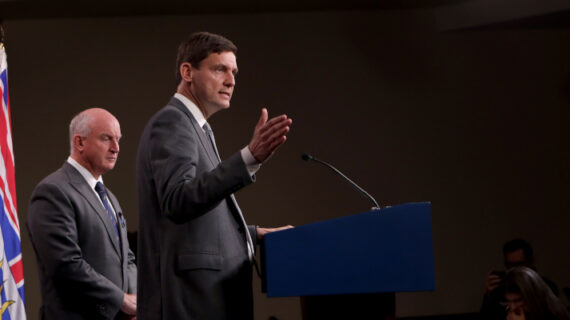Alberta is in a precarious fiscal position.
A new Fraser Institute publication examines the situation and highlights that a new report from the Parliamentary Budget Officer includes Alberta within a group of seven provinces with unsustainable finances.
A government’s fiscal path is sustainable if the province’s debt relative to the size of its GDP remains flat or declines over time, while it is unsustainable If a province’s debt increases as a share of the economy.
While Alberta was in a bad spot pre-COVID, the province took a major hit from the pandemic-induced recession. The provincial budget deficit surged from a projected $6.8 billion to $20.2 billion in 2020/21.
At current rates, deficits are projected to continue indefinitely and net debt will reach a projected $102.1 billion by 2023/24, with debt servicing costs projected to reach $3.3 billion in that year.
The province’s current “fiscal gap” is equivalent to 3.1 per cent of the provincial economy, meaning Alberta must either raise revenue or permanently cut spending by this amount to achieve long-term sustainability.
Is there a way out? Authors Jake Fuss and Tegan Hill recommend looking to Alberta’s own history as a guide. Previous governments faced parallel deficit situations in the 1990s and were able to reverse course by introducing broad based spending restrictions.
A general approach to assess the efficiency and efficacy of all areas of spending and reduce spending where appropriate resulted in a quick return to balanced budgets, declining net debt, fewer tax dollars spent on interest, and a decade of fiscal stability, they write.



